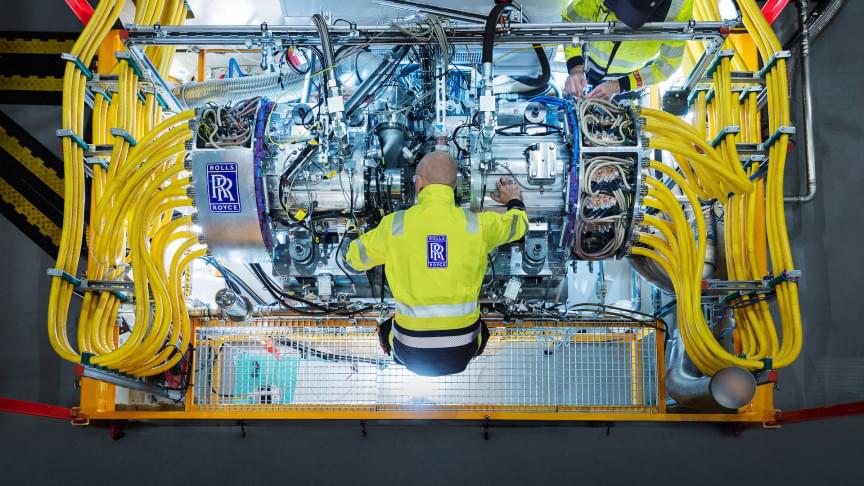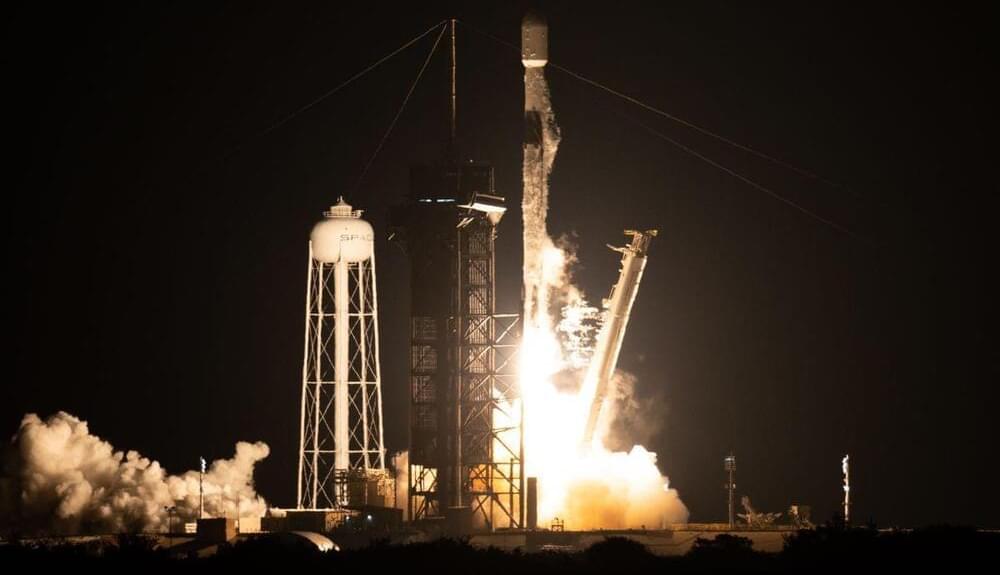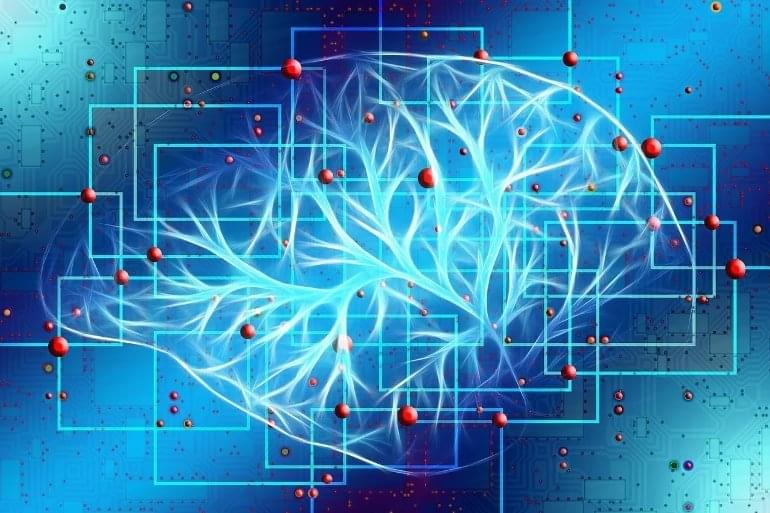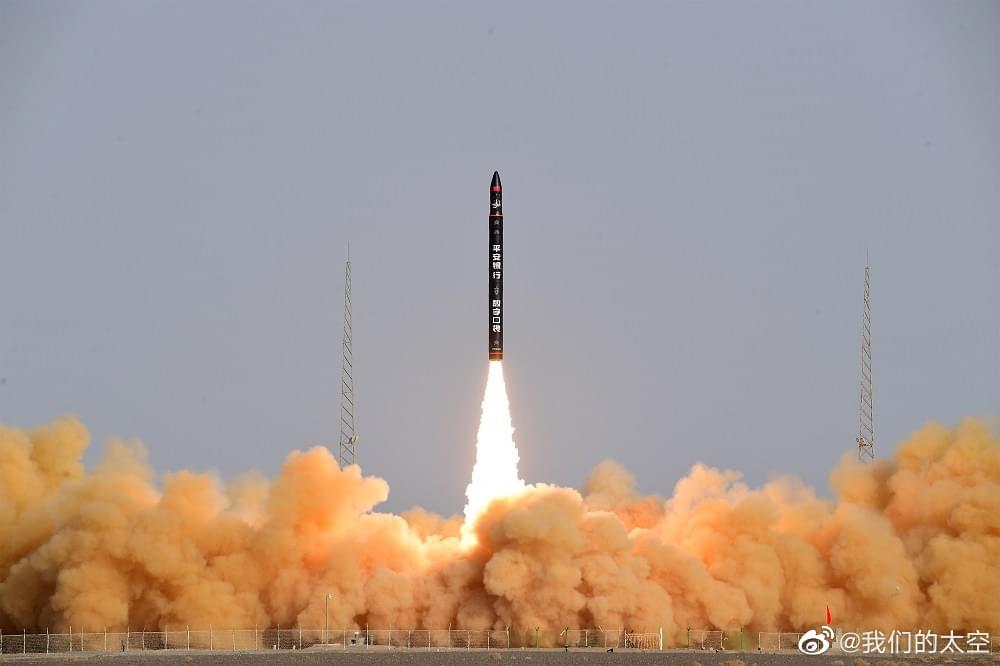A novel super-white paint may be the creative solution needed to fight global warming. Read the article to learn how that might be.
Get the latest international news and world events from around the world.

Rolls-Royce Reached the 1-MW Milestone With Its Hybrid-Electric Powertrain
Rolls-Royce’s new 2.5-megawatt hybrid-electric propulsion system delivered more than a megawatt of power only a few weeks after its first tests, a press statement reveals.
The iconic British engineering firm is developing the Power Generation System 1 (PGS1) demonstrator powertrain to test the technology for clean aircraft of the future.
Rare earth elements: Global battle under way for precious minerals • FRANCE 24 English
Rare earth elements are essential for many of our modern day technologies. It’s used in rechargeable batteries, phones, fiber optics, wind turbines, televisions, dvd players and many others.
Some countries control majority of supply and use this as a means to pressure other countries.
It’s expected to become one of the issues at stake in the ongoing trade war between the #US and #China. Rare earth elements are crucial to manufacturing phones, computers and wind turbines. China currently controls 90 percent of their production, but the US is also determined to extract these precious #minerals and has just reopened a rare earth elements mine in California. Our France 2 colleagues report, with FRANCE 24’s James Vasina.
🔔 Subscribe to France 24 now: https://f24.my/YTen.
🔴 LIVE — Watch FRANCE 24 English 24/7 here: https://f24.my/YTliveEN
🌍 Read the latest International News and Top Stories: https://www.france24.com/en/
Giant solar power plants of the Sahara
Tens of thousands of years ago, on the territory of the uninhabited Sahara Desert, gardens flourished, rivers flowed, ancient people cultivated fertile lands. However, we know how it all ended — today in this place is a desert scorched by the blazing sun with an area 38 times the size of Great Britain. However, humanity has a chance to return life to these lands again, and as a bonus to receive free electricity for all inhabitants of the planet.
The installation of wind and solar farms could radically change the climate in this region: more rainfall, which will lead to a revival of vegetation and a drop in temperature. At least that’s what Yang Li, the study’s author and senior researcher at the University of Illinois, says. No mystery! Wind turbines facilitate the diffusion of hot and cool air. This, in turn, will raise the average rainfall by 50%, and solar panels absorb most of the solar energy, preventing it from overheating the earth.
All this will be effective only with the global development of a lifeless desert. The process has already begun. But they tried repeatedly to tame the cruel and hot sun of the Sahara.
#inventions #technology #solar.
Don’t miss next videos: Press the little bell ((🔔)) to get notifications.
Production Music courtesy of Epidemic Sound https://www.epidemicsound.com/

SpaceX Falcon 9 rocket launches NASA’s new IXPE X-ray space telescope
IXPE will probe the physics behind some of the universe’s most dynamic objects: black holes and neutron stars.
CAPE CANAVERAL, Fla. — SpaceX successfully launched its 28th rocket of the year early Thursday morning (Dec. 9), ferrying an X-ray observatory into space for NASA.
A used Falcon 9 rocket blasted off at 1 a.m. (0600 GMT) from Pad 39A here at NASA’s Kennedy Space Center in Florida, carrying the Imaging X-ray Polarimetry Explorer (IXPE). The mission marked the fifth flight for this particular booster.

Self-Administered Cognition Test Predicts Early Signs of Dementia Sooner
Summary: A newly developed self-assessment test of cognitive function can help detect early signs of dementia sooner than commonly used office-based cognitive tests.
Source: Ohio State University.
Many people experience forgetfulness as they age, but it’s often difficult to tell if these memory issues are a normal part of aging or a sign of something more serious. A new study finds that a simple, self-administered test developed by researchers at The Ohio State University Wexner Medical Center, College of Medicine and College of Public Health can identify the early, subtle signs of dementia sooner than the most commonly used office-based standard cognitive test.
Scientists Are Building a “Black Box” to Record the End of Civilization
If — or when — human civilization collapses, what will remain? Maybe parts of some cities. Or the Statue of Liberty, a la “Planet of the Apes.” Overall, though, there might not be a lot of evidence left behind about what humanity accomplished — or what resulted in its downfall.
One team of researchers wants to change that. Their solution? A massive, indestructible box that’ll record scientific data to give future civilizations insight on how exactly humanity fell.
The project, dubbed Earth’s Black Box, will be an immense steel monolith installed in a remote location in Tasmania. It’s akin to the black boxes that are designed to survive airplane crashes and provide investigators valuable data on what led to the disaster — except on a planetary scale.

Windows 11 to offer a new GPU-based video encoding API for apps
Microsoft has announced a new DirectX12 API for Windows which will offer a new way for apps to efficiently encode video using the GPU.
The Video Encode API is available to 3rd party apps and is native to Windows 11, and can efficiently encode video in the H264 and HEVC formats.
Microsoft says it offers a considerable number of configurable parameters are exposed by this API for the user to tweak different aspects of the encoding process and make them fit best for their scenarios such as: custom slices partitioning scheme, active (i.e. CBR, VBR, QBVR) and passive (Absolute/Delta custom QP maps) rate control configuration modes, custom codec encoding tools usage, custom codec block and transform sizes, motion vector precision limit, explicit usage of intra-refresh sessions, dynamic reconfiguration of video stream resolution/rate control/slices partitioning and more.

China’s Galactic Energy launches second Ceres-1 rocket successfully
The Chinese private spaceflight company Galactic Energy has made the second flight of its Ceres-1 rocket, carrying five satellites into orbit, including a satellite known as Golden Bauhinia-1–03. The launch took place at 04:12 UTC on Tuesday, December 7th (12:12 Beijing time) from the Jiuquan Satellite Launch Center.
The Ceres-1 is a four-stage rocket, using three solid-fueled stages with a hydrazine-fueled fourth stage to complete orbital insertion and refinement. Ceres-1 is capable of launching a payload of up 400 kilograms to low Earth orbit, or up to 230 kilograms into a sun-synchronous orbit at an altitude of 700 kilometers.
Also known as Gushenxing-1, Ceres-1 was developed by Galactic Energy, one of several Chinese companies currently fielding or testing small solid-fueled satellite launchers. The first Ceres-1 launch was conducted successfully on November 7, 2020, making Galactic Energy the second private Chinese company to launch a satellite into low Earth orbit.

New cancer detection technique using old oranges
Have your oranges gone bad? No need to throw them in the bin because University of Sydney PhD student Pooria Lesani has developed a cancer detection technique made from the juice of rancid oranges.
In a study, published in Chemical Engineering Journal, Lesani described the orange-based, low-cost probe, which proved to be a useful nanobiosensor for screening cells that may be at risk of cancer.
The nanobiosenser is a tiny probe that “glows” fluorescently in human cells, and signals if those cells become acidic, indicating that cancer is not far off. This shows which cells are at greatest risk of cancer, so preventative measures can be taken.